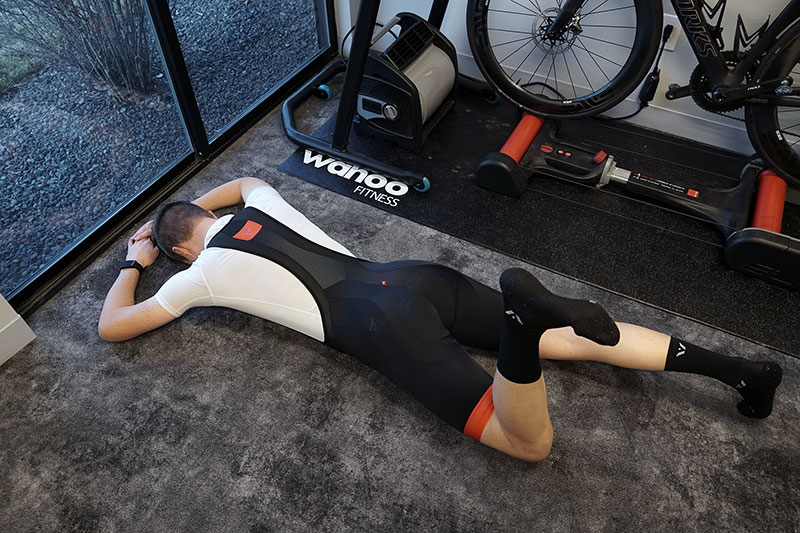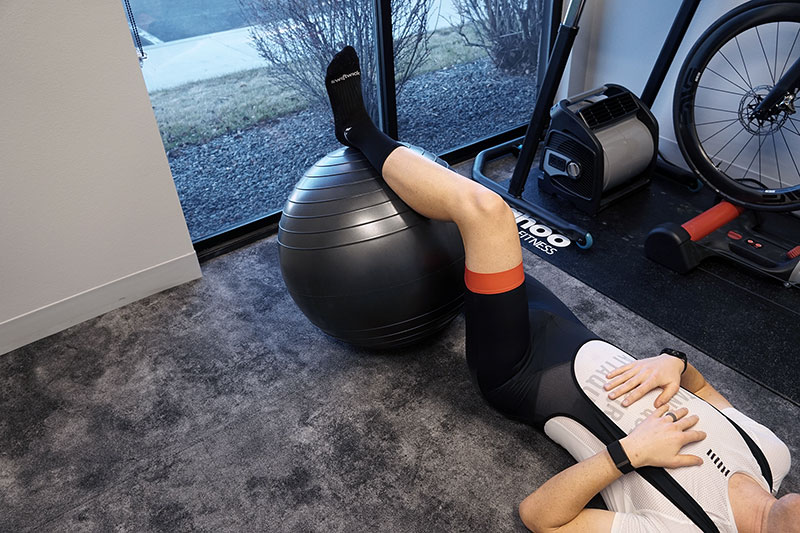Pro Tips For Glute Activation
The glutes are an important and often misunderstood muscle group in cycling. Following these tips for glute activation can help you work more efficiently and avoid injury.
For more training tips and information on other topics check out the Ask a Cycling Coach Ep 240
What Are The Glutes?
The glutes, as they are commonly called, are comprised of the gluteus maximus, medius, and minimus. This powerful group of muscles extend and stabilize the hips while regulating the rotation of the thigh. During the pedal stroke, the glutes can contribute a lot of strength. But just as important, they stabilize the hips, which can be important for knee health.
Why Do Cyclists Need Strong Glutes?
Aside from the ability to produce more power, active glutes are vital for knee health. Because pedaling is mostly a single plane movement, the quads and hamstring can take care of most of the work. If the glutes aren’t being utilized, over time, the brain learns to compensate by assigning the stability tasks that are usually handled by your glutes to your quads and hamstrings during the pedal stroke. This means that the quads are both pushing the pedals and stabilizing the knee. Very often, this causes knee instability, which can lead to overuse injuries.
Why Do Cyclists Have Weak Glutes?
You may be thinking, “I’m fit, but why do I have weak or little glute activation.” The primary cause is a result of modern life. With advances in technology and the prevalence of desk-based jobs, the glutes have become relatively inactive during the day.
Sitting all day does little to help this muscle group and can shorten the hip flexor as well. This causes reciprocal inhibition, which is the tightening of one muscle group that leads to the lengthening of the joint’s other muscles. As your glutes lengthen, the ability to contract those muscle fibers is reduced.
What Is Muscle Activation Training?
We could think of muscle activation training as brain training. To use a muscle, the brain sends an electrical signal through the spinal cord to the neuromuscular junction. There, the electrical signal is changed to a chemical signal and causes the muscles to contract.
Muscle activation training is all about strengthening the brain-muscle pathway, which paves the way to increased power through access to a broader range of motor patterns, which could allow increased motor efficiency. This is different than strength training. Instead of working to increase muscle capacity, we are strengthening motor pathways.
During muscle activation exercises, only a gentle contraction is needed. Placing your finger on the muscle to feel the muscle working helps as it provides sensory feedback to the brain. If you want to know if your glutes are firing when pedaling, press your finger into the muscle.
Exercises for Glute Activation
If you’ve decided that your glutes need activation work, try these exercises. You will see the best results performing them consistently and before getting on the bike.

Lie face down on your stomach, with your right leg straight and left leg bent at ninety degrees, so your left quad is in contact with the ground, but your left foot is in the air. First, fire your transverse abdominus to stabilize your core, then fire your left glute, gently – just enough to engage the muscle. Do this for ten or so distinct pulses, but try to do so without activating your hamstring, without rocking your hips, and without using your back muscles. This can be difficult if you rely mostly on your hamstrings. It takes a lot of awareness and focus to know when you’re truly isolating the glute. Focus on form. Only do as many reps as you can gently and correctly, isolating the glute. Repeat on the right side.

Lie on your back with your right leg out straight, and with a Swiss ball under your left leg, resting the leg with your right hip and knee at 90-degree angles. Activate your transverse abdominus to stabilize your core, then activate the left glute with a gentle, isometric contraction. Again, try to do this without engaging the hamstring, or otherwise compensating with other muscles. This teaches your brain to access the glute when your hip is flexed, as it is on the bike. Do as many reps as you can with excellent form (up to 10), then repeat on the right side.
How to Use Your Glutes Through Your Pedal Stroke
The glutes are most active from the top of your pedal stroke as you force open your hip angle on the downstroke. Bike fit determines quite a bit of how much you use the glutes when cycling. Rotating the pelvis forward will help, but there you’ll be limited in the degree by your flexibility and core strength.
Practice Glute Activation When Cycling
These two glute activation exercises are enough to do before a training session. When you’re on the bike, it can help to remind your brain to activate the glutes at the appropriate time of the pedal stroke. To do this, put your hands on your glutes and feel when they are or are not firing. Don’t worry if you’re not firing every pedal stroke; each time you forget is an opportunity to remind your brain and strengthen that motor pattern.
For a deep dive into the role of the glutes in cycling, check out Ask a Cycling Coach Ep 201
